Why are homes so high in today’s housing market?
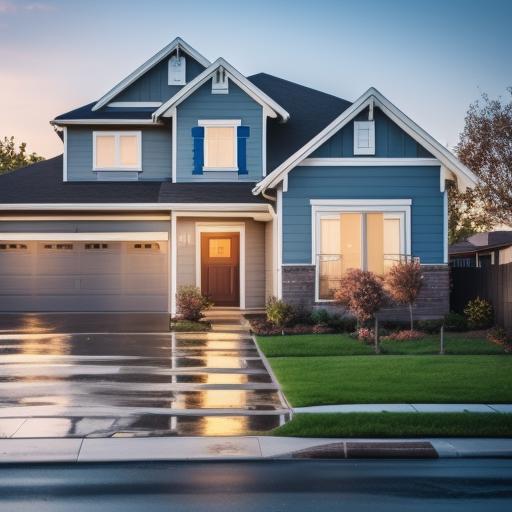
Today’s housing market presents a bit of a tricky situation for first-time buyers, especially when home prices are still elevated compared to pre-pandemic levels, and interest rates remain much higher than the super-low rates we saw during the pandemic. For first-time buyers, these higher rates can translate to significantly higher monthly payments, making it harder to afford homes, especially in more expensive markets.
On the other hand, for those selling a home in a high-cost-of-living area and looking to move to a place with lower living costs, the situation can work out a bit more favorably. If they’ve built up significant equity in their current home, they could sell at a high price and, even with higher interest rates, buy a more affordable home in a lower-cost state. This can still give them more home for their money, which is a bit of a silver lining in today’s market.
It seems like the market is creating two very different experiences: a tough situation for first-time buyers, but a more advantageous one for those looking to downsize or relocate to a cheaper area.
Factors contributing to high housing prices
Demand outpacing supply
Yes, the United States faces a significant shortage of affordable, entry-level homes, a situation that makes it difficult for first-time homebuyers to find suitable housing. This issue is driven by a combination of factors including low inventory, high interest rates, and a lack of new home construction.
Here’s a more detailed look at the problem:
- Low Inventory and High Demand:The number of available homes, especially in the lower price ranges, is significantly lower than the demand, creating a seller’s market where prices are pushed up.
- High Interest Rates:Increased mortgage rates make homeownership less affordable, further exacerbating the problem for first-time buyers.
- Lack of New Construction:A lack of new home construction in recent years has contributed to the shortage of available homes, particularly in the entry-level market.
- “Rate-Lock Effect”:Homeowners who locked in low mortgage rates in 2020 and 2021 are less likely to sell and buy new homes with higher interest rates, further reducing the number of homes available for sale.
- Rising Costs:The cost of land, building materials, and labor have all increased, making it more expensive to build new homes, especially affordable ones.
- Zoning and Regulatory Issues:Restrictions on density and complicated approval processes can slow down construction and make it difficult for developers to build affordable housing.
- Government Subsidies:There is a reliance on government subsidies for affordable housing projects, but these subsidies are scarce and unpredictable.
- Focus on Larger Homes:Builders are often incentivized to build larger, more expensive homes, which are easier to profit from, rather than smaller, more affordable homes.
- Millennial Demand:The growing number of millennials looking to buy larger homes to raise families is also contributing to the demand for housing.
- Impact on Renters:The shortage of affordable homes for sale is also impacting the rental market, as more people are forced to remain in the rental market, driving up rents.
- Solutions:Some potential solutions include streamlining zoning regulations, encouraging more density, providing incentives for developers to build affordable housing, and increasing government funding for affordable housing programs.
The rate-lock effect
In January 2024, nearly half of homeowners with mortgages backed by Fannie Mae or Freddie Mac had interest rates of 3.5% or lower, while the average for new 30-year fixed-rate mortgages was 6.6%, a 3.1% difference, leading to a monthly payment increase of $580 on a $300,000 loan.
Here’s a breakdown of the situation:
- Low Existing Mortgage Rates:According to research by the Urban Institute, 47.9% of homeowners with mortgages backed by Fannie Mae or Freddie Mac had interest rates of 3.5% or lower in January 2024.
- High New Mortgage Rates:Simultaneously, the average interest rate for a new 30-year fixed-rate mortgage was 6.6%.
- Significant Rate Difference:This represents a difference of 3.1% between the existing low rates and the new high rates.
- Impact on Monthly Payments:On a $300,000 mortgage loan, this 3.1% difference would translate to an increase of approximately $580 per month.
- Rate Lock EffectMany homeowners are “locked” into their lower rates, making it financially unappealing to sell and buy at higher rates
- Market ImpactThe high rates have made home buying more challenging and have led to a tight housing market with limited inventory
Home prices ahead: What’s the outlook?
With low housing inventory and homeowners reluctant to sell due to their low-rate mortgages, the current housing market in Danville, IL, and elsewhere, is likely to see continued high prices and strong demand, making it a challenging time for homebuyers.
Here’s a breakdown of why this situation persists:
- Low Housing Inventory:The number of homes available for sale is significantly lower than the number of potential buyers, creating a supply-demand imbalance.
- “Lock-In” Effect:Many homeowners are hesitant to sell because they have low-interest mortgages (often below 4%) and don’t want to give up those favorable terms by taking on a new, higher-rate mortgage.
- Increased Demand:Even if mortgage rates drop slightly, the potential for increased demand from buyers could further exacerbate the issue, as more buyers enter the market with the same limited supply of homes.
- Rising Prices:The combination of low inventory and high demand leads to increased competition and bidding wars, driving up home prices.
- Potential for Recession:While a recession could theoretically soften prices, even with lower rates, the underlying supply issues mean that prices are likely to remain high.
- Advice for Homebuyers:
- Consider alternative types of housing: If you can’t afford a single-family home, consider a condo, a smaller home, or a fixer-upper.
- Be prepared to compete: Be ready to make strong offers and potentially bid above asking price.
- Be patient: The market may not be the most favorable for buyers right now, so it may be wise to wait for a more opportune time.
Why are homes overpriced right now?
In a seller’s market, where buyers outnumber sellers, sellers can command higher prices and buyers have less leverage to negotiate for price discounts or seller concessions.
Here’s a breakdown of why this happens:
- Definition of a Seller’s Market:A seller’s market occurs when demand for homes (buyers) exceeds the supply (homes for sale), giving sellers the upper hand in negotiations.
- Sellers’ Advantages:
- Higher Asking Prices: With limited inventory and high demand, sellers can often list their homes at higher prices than they might otherwise be able to in a buyer’s market.
- Multiple Offers: Sellers often receive multiple offers, allowing them to choose the best offer based on price, terms, and contingencies.
- Less Need for Concessions: In a seller’s market, sellers may be less inclined to offer concessions (like paying for closing costs or repairs) because buyers are eager to purchase.
- Buyers’ Disadvantages:
- Limited Negotiation Power:Buyers have less leverage to negotiate lower prices or secure concessions from sellers.
- Higher Closing Costs: Buyers may face higher closing costs, including appraisal fees and inspection fees, as sellers are less likely to contribute.
- Increased Competition: Buyers face intense competition to secure a home, potentially leading to bidding wars and higher purchase prices.

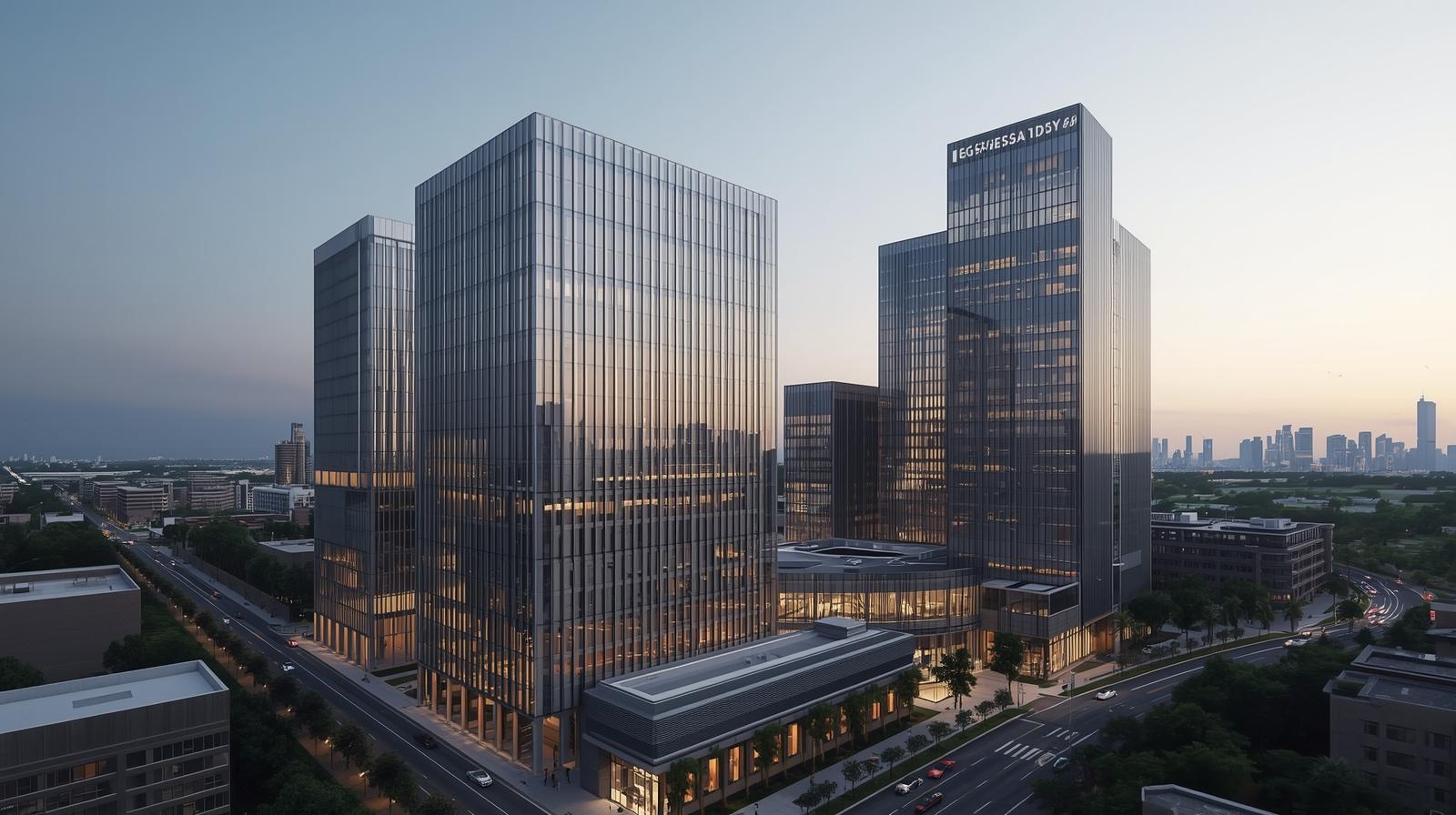
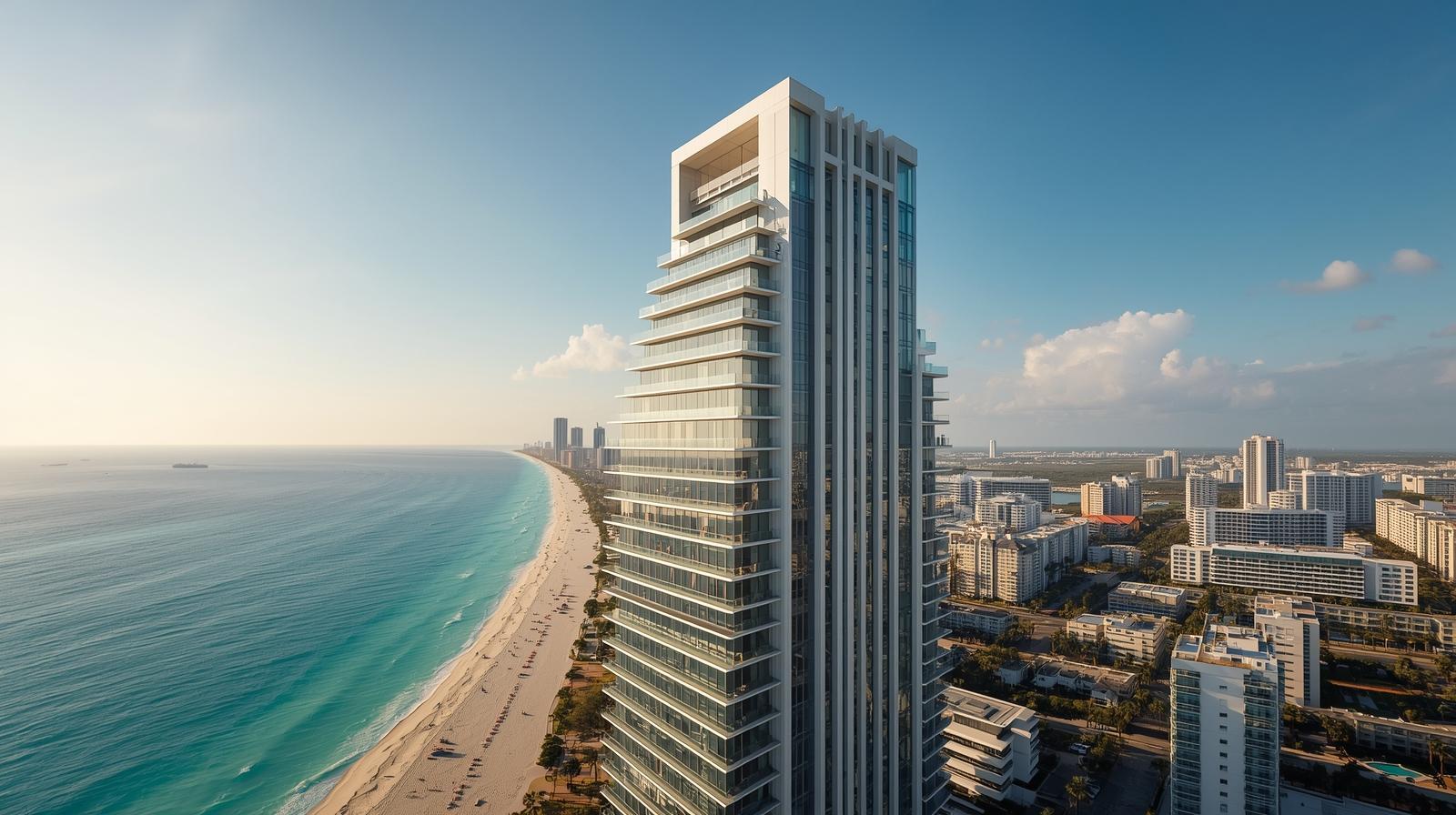
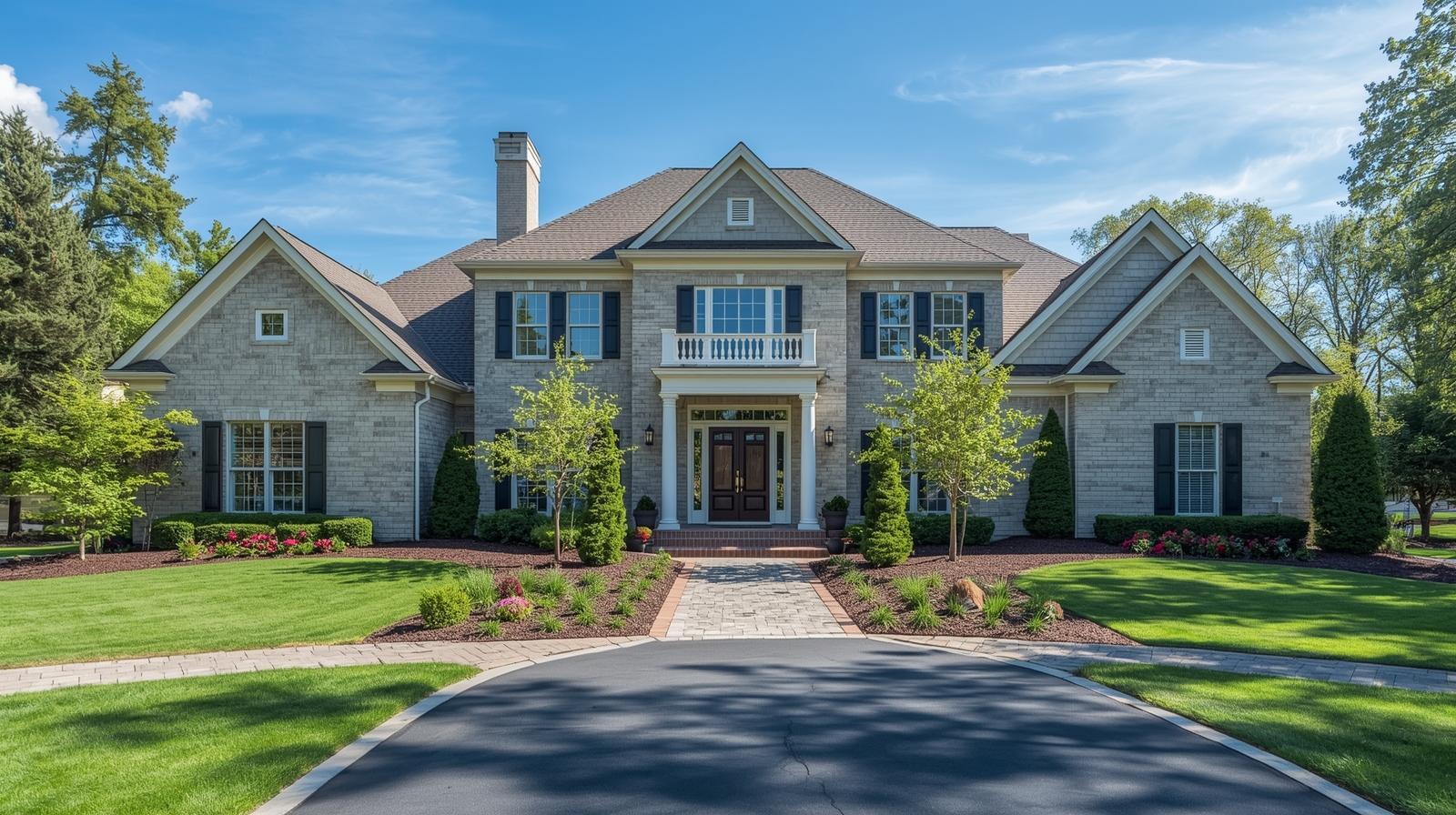
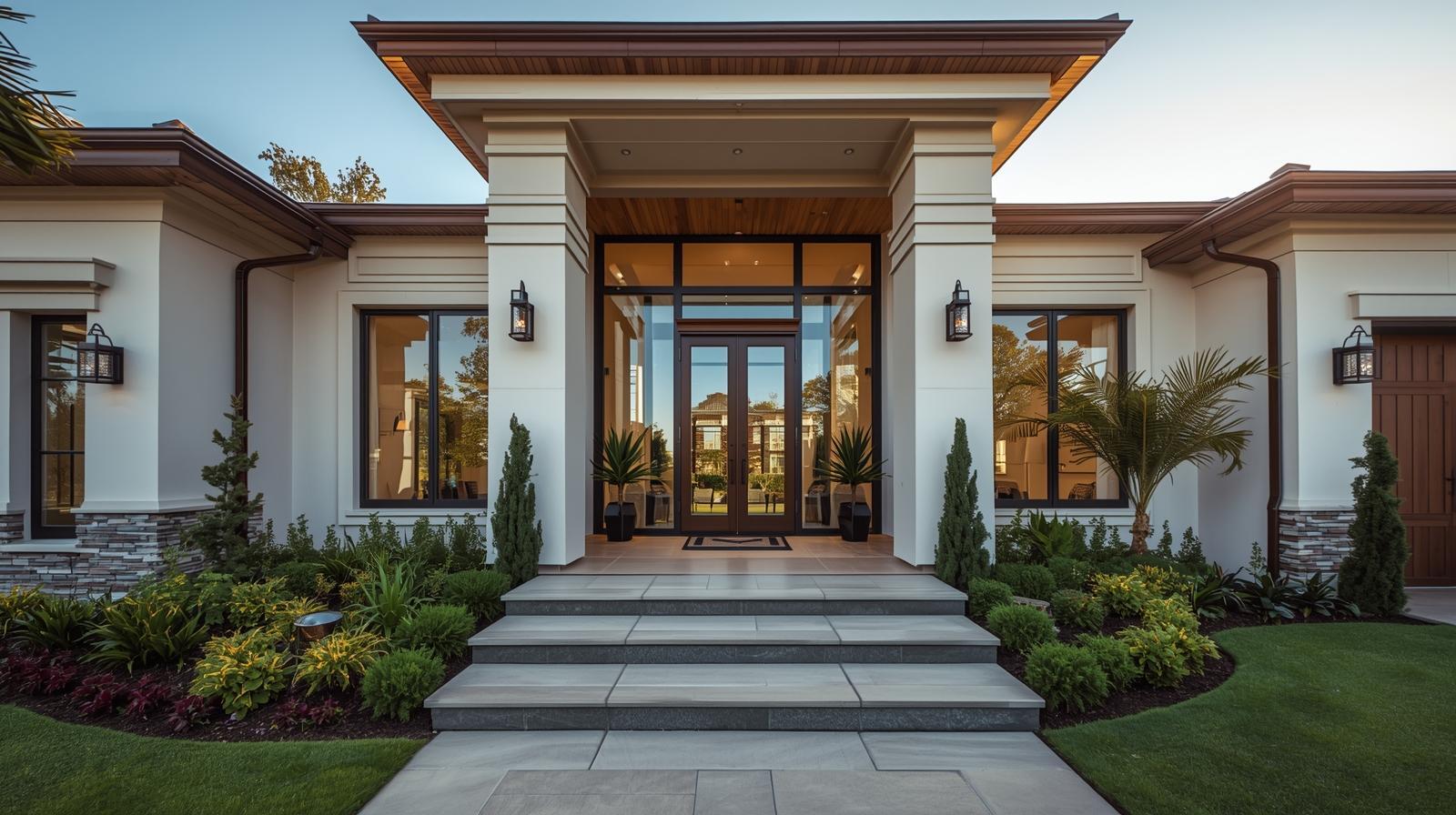





Related Posts